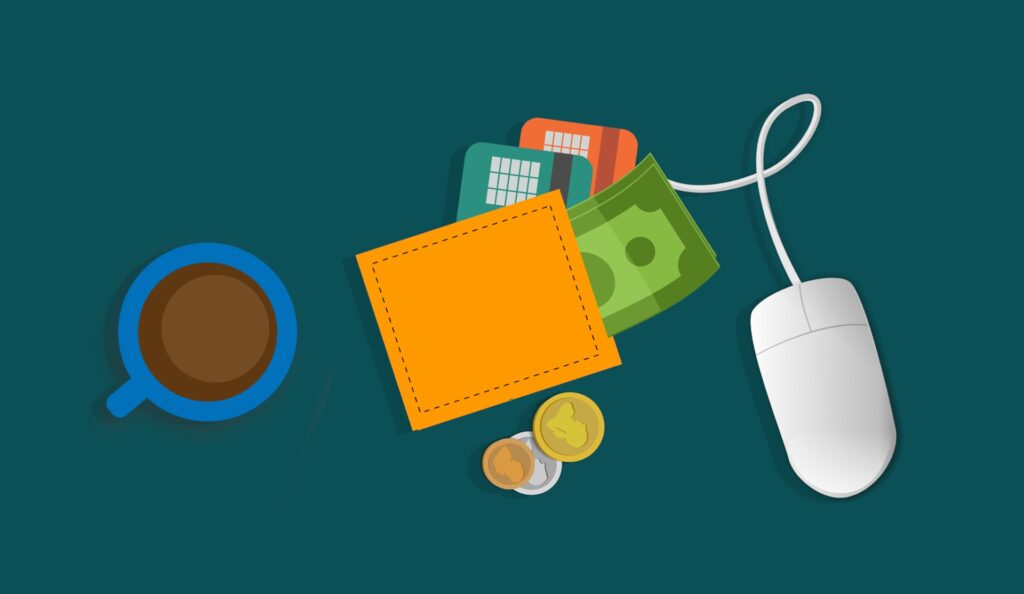Traditionally, sending money abroad meant going to the bank to set up a wire transfer. However, the rise of mobile money in recent years has made it easier than ever to send and receive money—and it’s all done through the convenience of a smartphone.
In fact, more than 866 million people worldwide now actively use a mobile money account to send and receive money internationally.
If you haven’t already gotten your own “mobile wallet,” chances are you’re missing out on an easy and economical way to transfer and manage money.
Find out what mobile money is and how you, too, can make international mobile money transfers using Remitly.
What is mobile money?
What is mobile wallet or mobile money, anyway?
In short, it’s a technology that allows you to make financial transactions through mobile devices like smartphones, tablets, and even smartwatches.
These financial services are a popular alternative to other payment methods, like using credit or debit cards.
Anyone with a mobile wallet can store, send, and receive money safely, even without a traditional bank account. You might be familiar with digital wallets like Apple Pay, Samsung Pay, or Google Pay, which have gotten even more popular because they enable contactless payments.

According to the Global System for Mobile Communications, as of 2019, there are 290 mobile money services worldwide. The popularity of these digital wallets shows that more and more people trust them as a cash and banking alternative.
Thanks to the rise of smartphones, mobile money is especially popular in Latin America, Asia, and Africa. In fact, because of their convenience, mobile money operators have superseded banks in some countries, including Kenya, Tanzania, and Bangladesh.
Transferring money to mobile wallet accounts in other countries is easier now, too, thanks to payments services like Remitly.
How do mobile money transfers work?
A bank account isn’t required to use mobile money services. Instead, your funds are stored in a secure electronic account linked to your mobile phone number.
This is your mobile wallet, which you can access through an app. All of your payment information is stored here so you need not carry any physical debit or credit cards.

The 5 major benefits of mobile money
In the grand scheme of things, mobile money is a relatively new innovation, with the earliest services established in the mid to late 2000s. Yet in the past decade, it’s exploded—and for good reason. The following five benefits provide a glimpse of what makes mobile money so useful.
1. Convenience
Aside from having a mobile device, the only requirement for using mobile money is a mobile phone signal.
Then, with just a few simple taps on your smartphone or other compatible device, you can pay bills, transfer funds, check account balances, buy things both in person and online, and review past transactions.
2. Ease of access
Mobile money has changed the financial landscape dramatically by making it more inclusive. Since users need not visit bank branches in person, these services make it much easier to enter the formal financial system.
Besides eliminating the need to visit a bank, mobile money services are also available 24/7.
For this reason, mobile money services have been especially transformative for women, rural populations, and other groups that have struggled to open bank accounts.
3. Speed
Mobile payments are fast. It takes less time to start a payment through a mobile money app than to reach into your wallet for a debit or credit card.
For international transfers, you can send funds in a matter of seconds using just an app. Depending on the service, transfers might be almost instantaneous, delivering within minutes of initiation.
4. Security
As technology continues to improve, mobile money services are becoming increasingly secure—even more so than other forms of payment. Just consider how credit card skimmers can steal your card information and other data anywhere you swipe your card.
Security is embedded into mobile money apps, which generally require at least two steps of authentication: your fingerprint, PIN, or facial ID.
Your card never actually leaves your wallet with a mobile payment; instead, you simply hold your phone over a reader.
What if you lose your phone or it gets stolen? Many smartphones allow users to disconnect remotely, so a thief has no way of accessing your mobile wallet—that is, if they can even get past your fingerprint or facial recognition scan in the first place.
5. Cost-effective
Compared to traditional bank transfers, mobile money transfers are generally more cost-effective because they don’t come with exorbitant fees or exchange rates.
As a result, you can generally send and save more using mobile money than you would using a bank’s international wire service.

Mobile wallet transfers with Remitly
With Remitly, you can easily send money to anyone using one of our mobile wallet partners. That includes:
|
|
More than 3 million people worldwide trust and rely on Remitly for carrying out their international transfers—that’s because it’s fast, secure, and affordable.
How to do international mobile money transfers
Sending money abroad via mobile money is simple with Remitly. Below are five tips for getting started:
- Whether you’re a sender or recipient, you’ll need a mobile wallet with one of Remitly’s mobile money partners.
- If you’re sending funds, you will also need your recipient’s phone number and first and last name.
- Recipients opening a new mobile wallet for the first time must verify their accounts before they can receive an international remittance.
- Remitly charges zero fees for recipients. However, depending on the mobile money provider used, recipients may face fees when cashing out their funds.
- If for whatever reason your recipient cannot receive money through their mobile money service, Remitly offers alternative delivery methods depending on their location: bank transfer, cash pickup, and home delivery.
Send money today with Remitly
Mobile money apps like Remitly make the difficulties of international money transfers a thing of the past.
To get started and begin sending funds to your loved ones overseas, download the Remitly app today.
